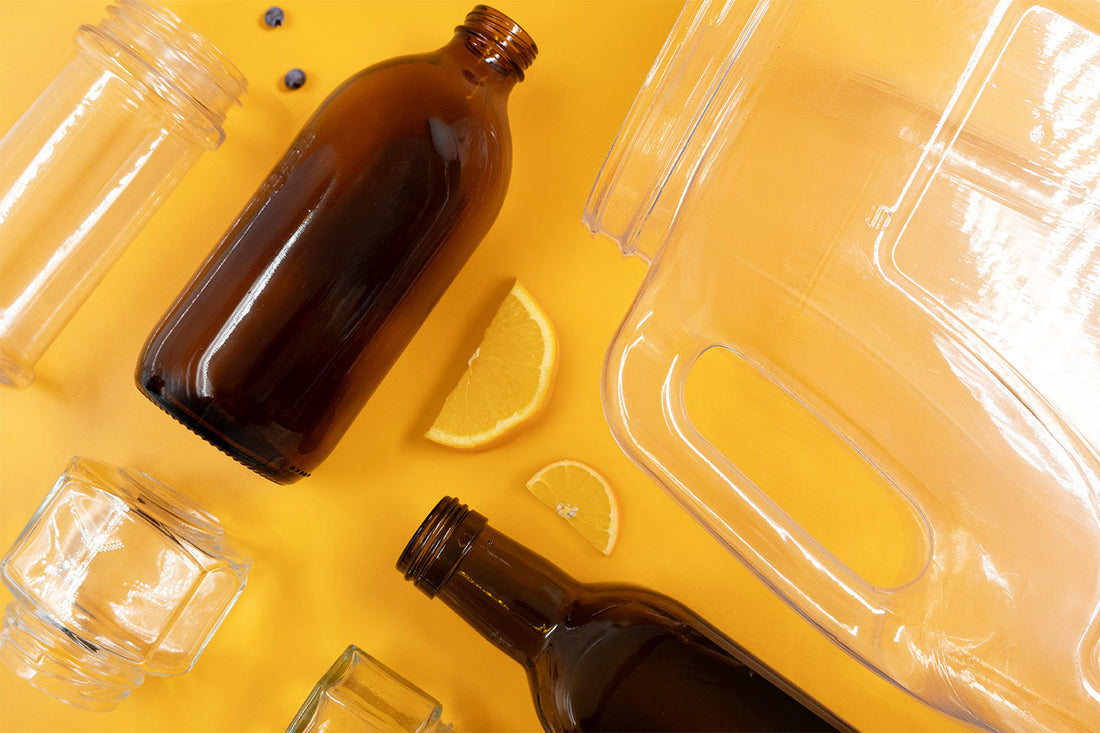
For businesses relying on packaging as a key component of their supply chains, recycling glass and plastic packaging is not only an eco-friendly habit but a necessary regulatory responsibility. Especially important for small and medium-sized business owners, this article aims to demystify the process of packaging disposal management.
General Steps for Effective Recycling
It can be helpful to establish standard recycling practices among employees in order to recycle regularly and efficiently. While processes may vary depending on the nature of your business, here are some broad steps to consider:
- Identify Recyclables: Certain plastics can be commonly recycled, while others cannot. Specifics depend on municipal and provincial guidelines, but when in doubt, check for recycling symbols (comes in the form of triangles on plastics)
- Prepare Materials: Remove all residue from food, beverage, or other products to ensure the container is clean. If the corresponding cap or closure is made of a different material, place it aside to recycle separately
- Sort and Classify: Separate glass and recyclable plastic products, keeping in mind that non-packaging glass, such as glass from windows, ceramics, or light bulbs cannot be combined with packaging glass
- Use Correct Bins or Depots: According to local regulations, either place items in the appropriate bins as indicated by local collection guidelines, or deliver them to a specialized depot. The correct method of disposal may vary based on region or material type, so be sure to double-check mandated recycling procedures in your area
Still Confused? We're Here to Help
Need clarification on a specific rule? Curious about where packaging recycling practices are trending? If you have questions on the recycling process, or anything packaging-related in general, please reach out to your local expert team!





